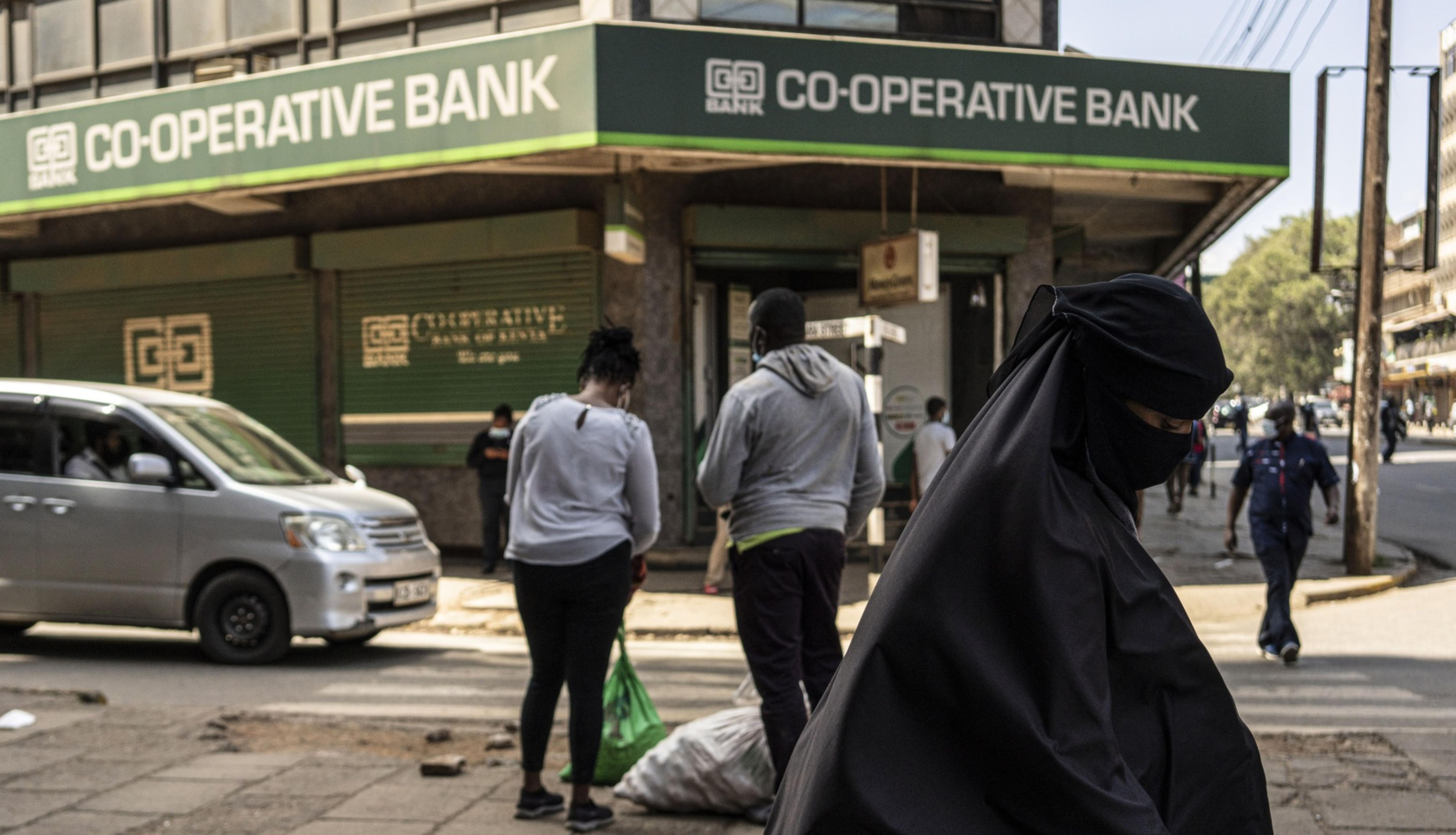
Large government debt and vulnerability to external shocks could derail the banking sector’s recovery in 2021.
Kenya’s economy, like many others around the world, has been hammered by Covid-19 as lockdown restrictions squeeze revenues and hamper growth.
The east African country’s economy shrank 1.1% year on year in the third quarter of 2020, compared with growth of 5.8% during the same period in 2019, as the pandemic slashed tourist arrivals.
Kenya’s government is seeking a loan of as much as $2.3bn from the International Monetary Fund under the lender’s extended fund facility to stabilise the economy.
Government debt is expected to remain high at above 65% between 2020 and 2023, according to S&P Global.
Kenya’s fiscal deficit is set to reach almost 8% in 2020-21, according to S&P Global, and sizeable current account deficits are likely to induce a significant increase in external debt this year, which presents risks to the banking sector’s recovery.
Subdued credit growth
Credit growth at Kenya’s banks is expected to be remain light this year despite the lift on the cap on interest rates in November 2019. S&P Global forecasts 5% loan growth in 2020 and 7% in 2021.
“The banking sector’s stability will continue to be tested,” wrote Samira Mensah, a credit analyst at S&P Global, in a recent report, as tepid growth this year hits consumer lending and small and medium-sized enterprises (SMEs), particularly those in the tourism sector.
“While top-tier banks have been resilient to the interest cap on lending, mid-sized banks will continue to face pressure to consolidate to ensure the viability of their business model, largely tested by the cap and more recently by the lockdown.”
S&P Global expects non-performing loans will rise to around 16% of total loans in 2021 from 12.7% in 2019.
The five largest banks in Kenya by total assets are KCB Group, Equity Bank, NCBA, Co-operative Bank of Kenya and Diamond Trust Bank Kenya, according to The Banker Database.
A slow rebound
S&P Global expects Kenyan gross domestic product to grow by 1% in 2020 before recovering to 4% in 2021.
While top-tier banks have been resilient to the interest cap on lending, mid-sized banks will continue to face pressure to consolidate to ensure the viability of their business model
“The growth of the SME sector was held back by the cap on interest rates in 2016-19. Now that these are removed, we expect the recovery to be delayed because of the pandemic’s effect,” Ms Mensah wrote.
Moreover, higher general government debt will constrain banks’ effective financial intermediation and the global economic downturn will likely lead banks to increase their exposure to government debt instead of taking on more credit risks, according to S&P Global.
Overall, the Kenyan banking system’s return on equity will likely halve in 2020 before recovering to about 15% in 2021, but this is still sufficient for banks to maintain capitalisation well above the minimum requirements, Ms Mensah wrote, adding that smaller banks could still face some capital issues.


